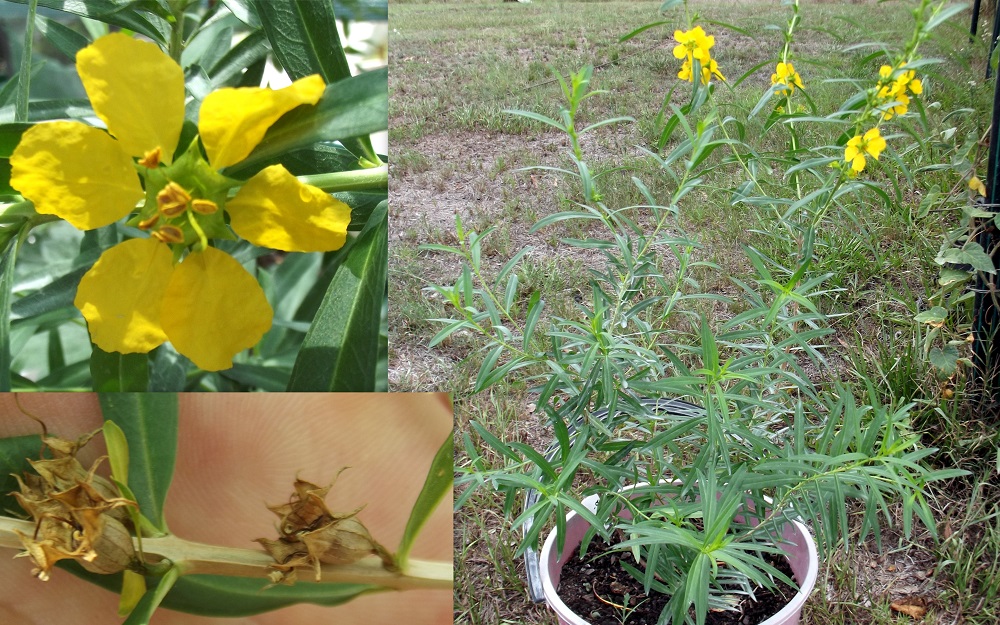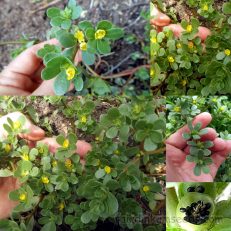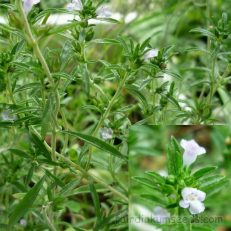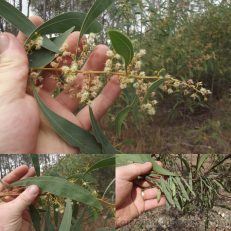Please read text!
Heimia Salicifolia Sinicuichi Sun Opener Seeds
Packet of 300+ tiny tiny dust like yellow or orange seeds!
This very pretty little shrub is perfect for pots, which is how we grow most of ours.
Planted in the ground and given the odd water it gets up to a couple meters high, but that is only if you are not harvesting the leaves, or giving them a haircut every year.
To harvest just lop the twigs and branches off, and shape the plant into a neat rounded sort of bush. All the trimmings can get pilled up in the shade, or on the concrete for a couple days.
They get turned morning and night, and after a while they get a sweet, sort of musky smell, and the leaves wilt and darken. That means the fermentation has kicked in and they can then be dried thoroughly, chopped bagged and stored in a cool dark place. Alternatively they can be picked fresh and made into “Sun Tea”.
The Aztecs apparently used them for their auditory and visual effects, and there is a famous and controversial statue of Xochililli that represents this use.
Erowid says>>>
“Xochipilli, The Prince of Flowers, is the Aztec god of flowers, maize, love, games, beauty, song and dance. (Xochi is from the Nahuatl xochitl or ‘flower’, while pilli means either Prince or child.) He is the husband of Mayahuel and the twin brother of Xochiquetzal. He is also referred to as Macuilxochitl, which means “five flowers”. In the mid-1800’s, a 16th century Aztec statue of Xochipilli was unearthed on the side of the volcano Popocatapetl near Tlamanalco. The statue is of a single figure seated upon a temple-like base. Both the statue and the base upon which it sits are covered in carvings of sacred and psychoactive flowers including mushrooms (Psilocybe aztecorum), tobacco (Nicotiana tabacum), morning glory (Turbina corymbosa), sinicuichi (Heimia salicifolia), possibly cacahuaxochitl (Quararibea funebris), and one unidentified flower. The figure itself sits crosslegged on the base, head tilted up, eyes open, jaw tensed, with his mouth half open. The statue is currently housed in the Museo Nacional de Antropologia of Mexico.”
There you have it. A very attractive ornamental shrub with pretty yellow flowers.
Easy to grow in pots or in the ground.
Very interesting history of traditional use, which we in no way recommend but do find very interesting.
Grown by me and the Mrs organically, no chems, no nasties, no problems!!!





